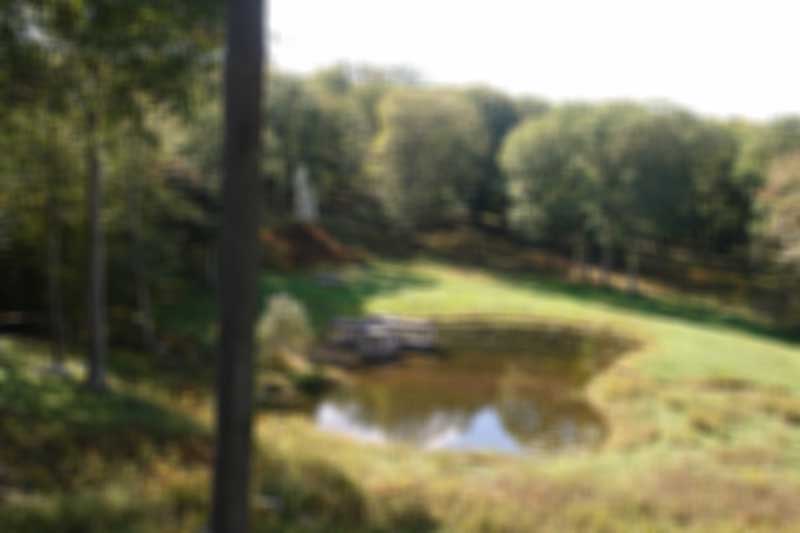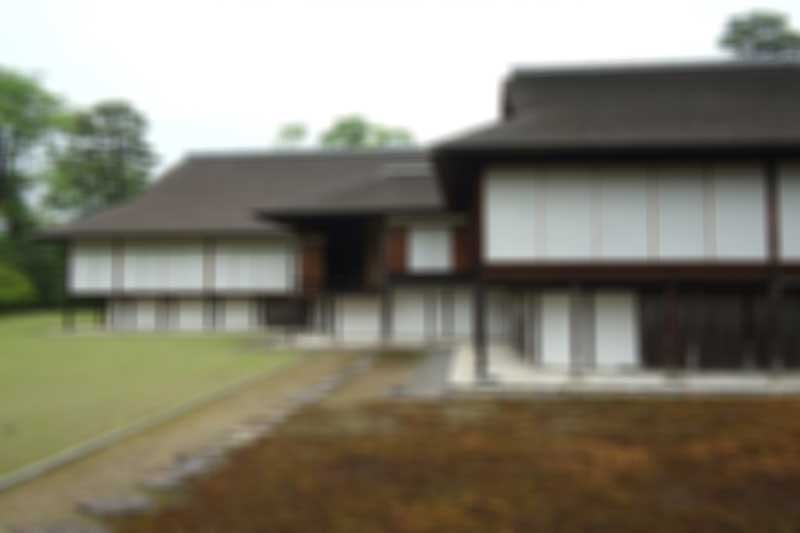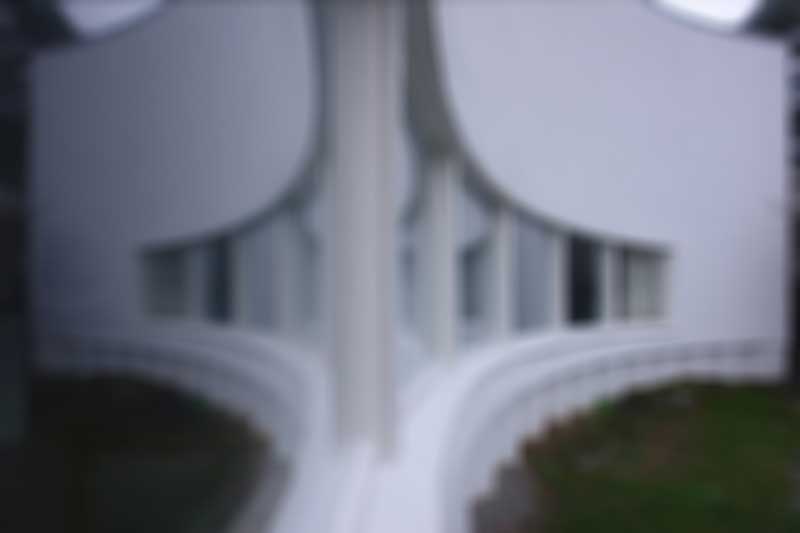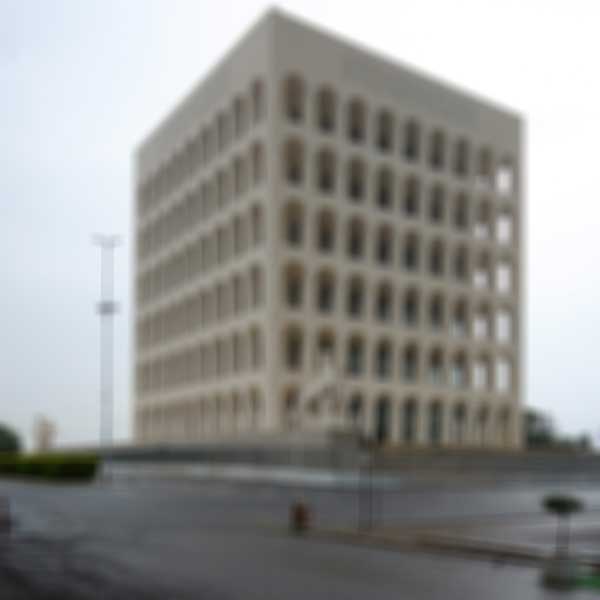✕
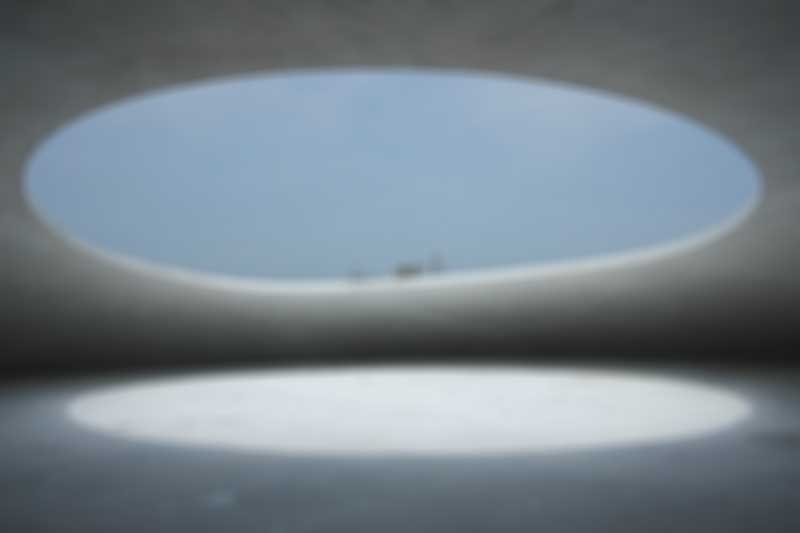
My eyes are not our eyes
Images of the same places, buildings and details are taken over and over again. For the most part taken without consciousness, just as marks of footprints on a map, which creates an endless, fatigued stream of architectural photography. The work “My eyes are not our eyes” wants the viewer to look at known architecture of […]
